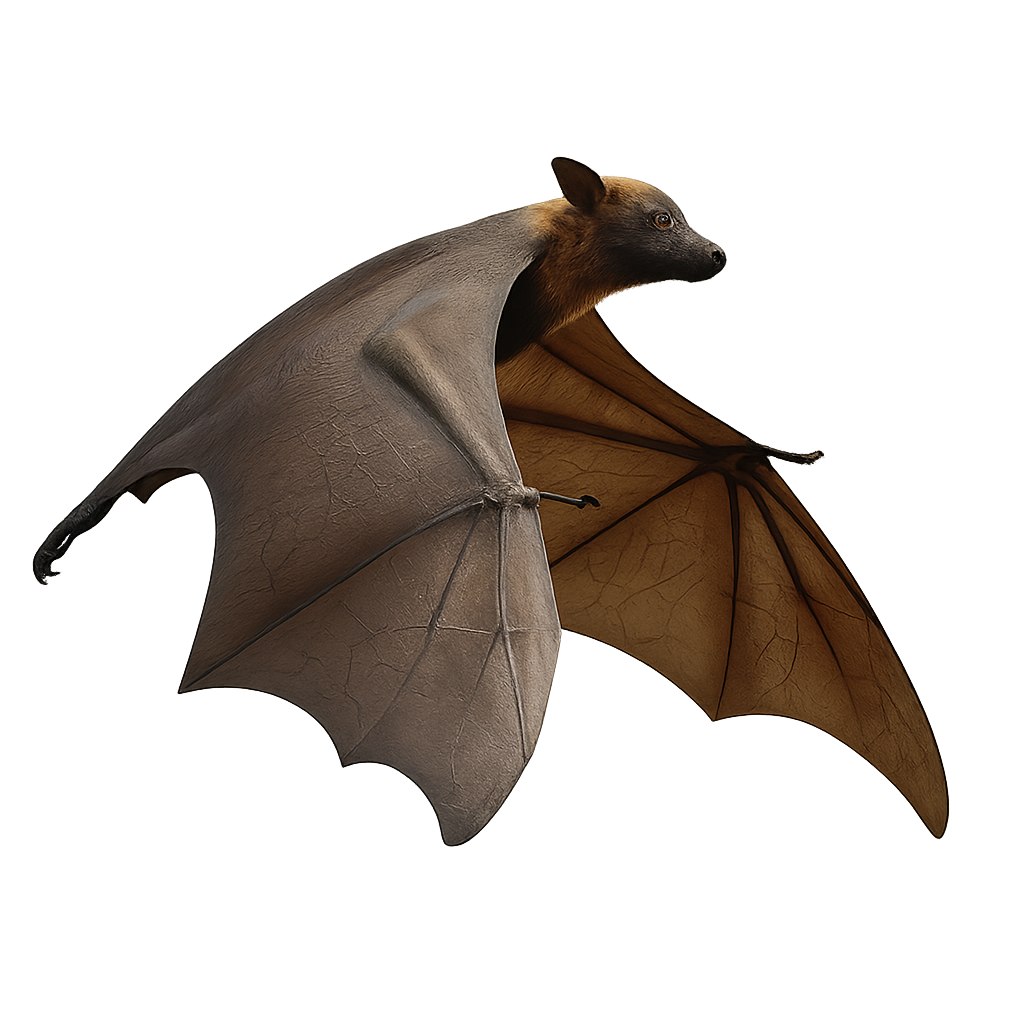Your wildlife photography guide.
Explore the large flying fox in detail, study its behavior, prepare your shots.
Where to observe and photograph the large flying fox in the wild
Learn where and when to spot the large flying fox in the wild, how to identify the species based on distinctive features, and what natural environments it inhabits. The WildlifePhotographer app offers tailored photography tips that reflect the large flying fox’s behavior, helping you capture better wildlife images. Explore the full species profile for key information including description, habitat, active periods, and approach techniques.
Large flying fox
Scientific name: Pteropus vampyrus

IUCN Status: Near Threatened
Family: PTEROPODIDAE
Group: Mammals
Sensitivity to human approach: Very shy
Minimum approach distance: 20 m
Rut period: April to May
Gestation: 140-190 jours
Births: September to October
Habitat:
Forests and coastal mangroves
Activity period :
Mainly active at night, generally discreet during the day.
Identification and description:
The large flying fox is a large frugivorous bat with a wingspan up to 1.5 m and weight up to 1 kg. Its grey-brown fur, accented by a pale yellow collar, covers its elongated body and long muzzle. Endemic to Southeast Asia (Malaysia, Indonesia, Philippines, Thailand), it roosts in colonies in forests and coastal mangroves, feeding on fruits, nectar, and flowers. During the breeding season, males defend a small harem and mate between November and January, with a single pup born in March-April.
Recommended lens:
300 mm – adjust based on distance, desired framing (portrait or habitat), and approach conditions.
Photography tips:
Photograph the large flying fox from a distance using a telephoto lens of at least 300 mm at dusk or dawn from a concealed hide in the canopy. Use a fast shutter speed and high ISO to compensate for low light, and remain silent to avoid startling it.
The WildlifePhotographer App is coming soon!
Be the first to explore the best nature spots, track rutting seasons, log your observations, and observe more wildlife.
Already 1 432 wildlife lovers subscribed worldwide

